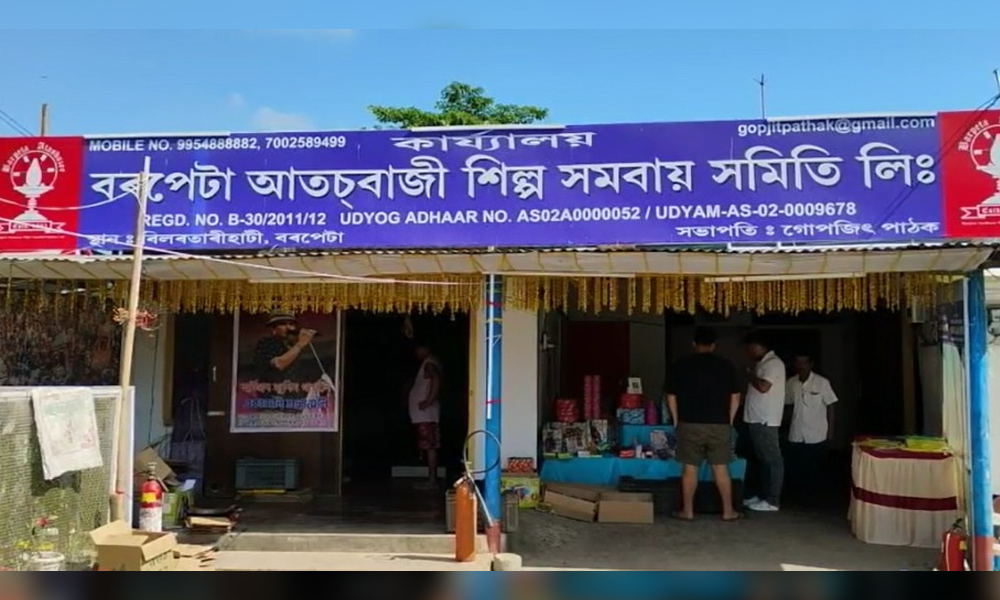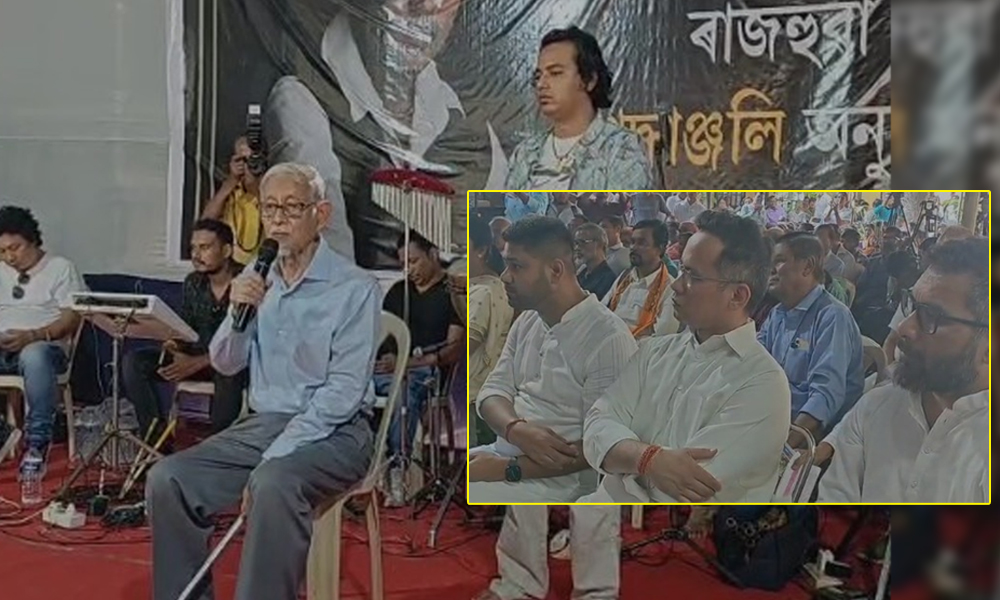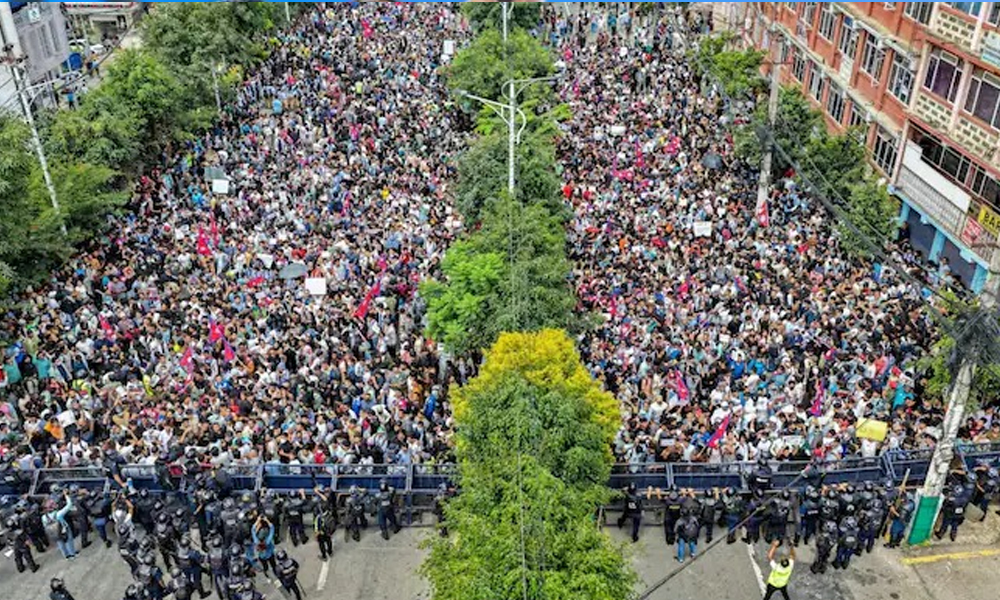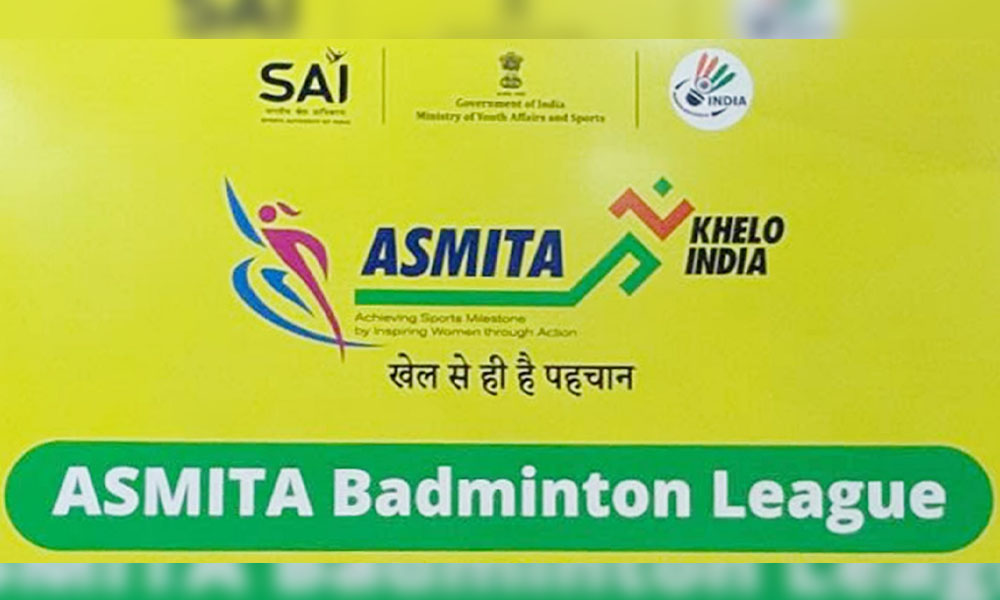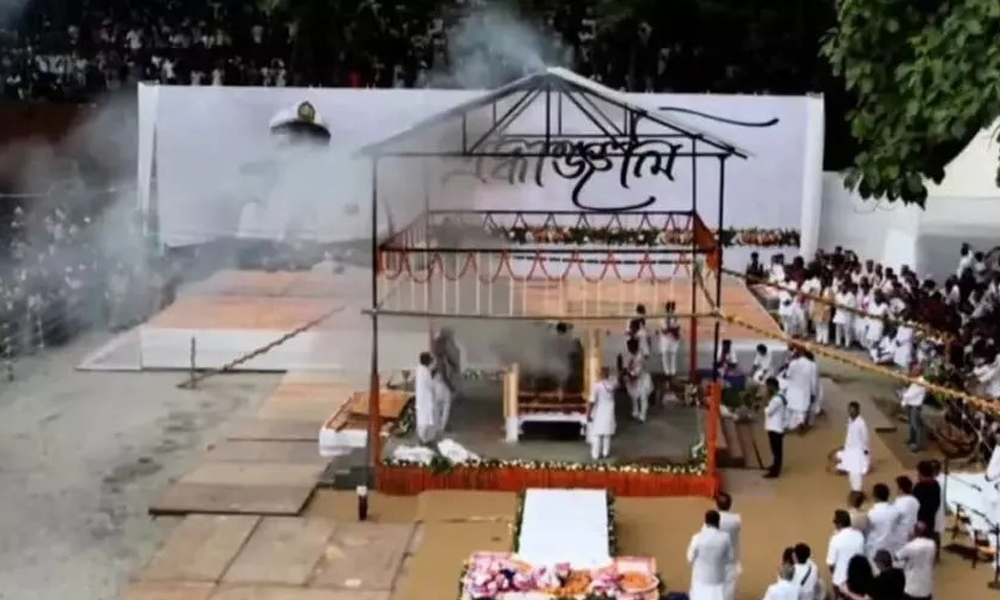EVMs are based on a technology that allows them to act as vote aggregators in direct elections such as the Lok Sabha and state legislatures.
EVMs are
based on a technology that allows them to act as vote aggregators in direct
elections such as the Lok Sabha and state legislatures.
Voters hit
the button next to the name of the candidate they want to vote for, and the
candidate with the most votes is declared elected.
The
President, on the other hand, is elected using a proportional representation
system with a single transferable vote.
Every
elector can register as many choices as there are candidates fighting for the
election under the proportional representation system via a single transferable
vote.
The elector
must register his or her choices for the candidates by placing the numbers 1,
2, 3, 4, 5, and so on against the candidates' names in the order of preference
in the space provided in column 2 of the ballot paper.
Officials
noted that the EVMs were not designed to register this type of vote. The EVM is
a vote aggregator, and under the proportional representation system, the
machine will have to compute votes based on preference, which will require the
use of new technology.
In other
words, it needs a different type of EVM.
According to
the August 2021 issue of the Election Commission's quarterly publication, 'My
Vote Matters,' EVMs have been used in four Lok Sabha and
127 assembly elections since 2004.
According to
the EC website, the Electronics Corporation of India Ltd. (ECIL) in Hyderabad
was assigned for designing and
developing it when it was initially conceptualized in 1977 by the Election
Commission.
On August 6,
1980, the Election Commission exhibited a prototype to representatives of
political parties, which was developed in 1979. Once a broad consensus on its
implementation was reached, Bharat Electronics Ltd (BEL), a public-sector
undertaking in Bangalore, was co-opted with ECIL to manufacture EVMs.
In May of
1982, the machines were utilised for the first time in Kerala's assembly
election. The Supreme Court, however, overturned that decision due to the lack
of explicit legislation mandating its use.
In 1989,
Parliament revised the Representation of the People Act, 1951 to include a
provision for the use of electronic voting machines (EVMs) in elections.
Only in 1998
was there a general agreement on its implementation, and it was used in 25
legislative assembly constituencies distributed across three states: Madhya
Pradesh, Rajasthan, and Delhi.
EVMs
were utilized in all assembly constituencies in the states of Tamil Nadu,
Kerala, Puducherry, and West Bengal during the assembly elections in May 2001.
Since then,
the commission has employed EVMs in every state assembly election.
More
than ten lakh EVMs were utilized in all 543 parliamentary constituencies in the
2004 Lok Sabha elections.


